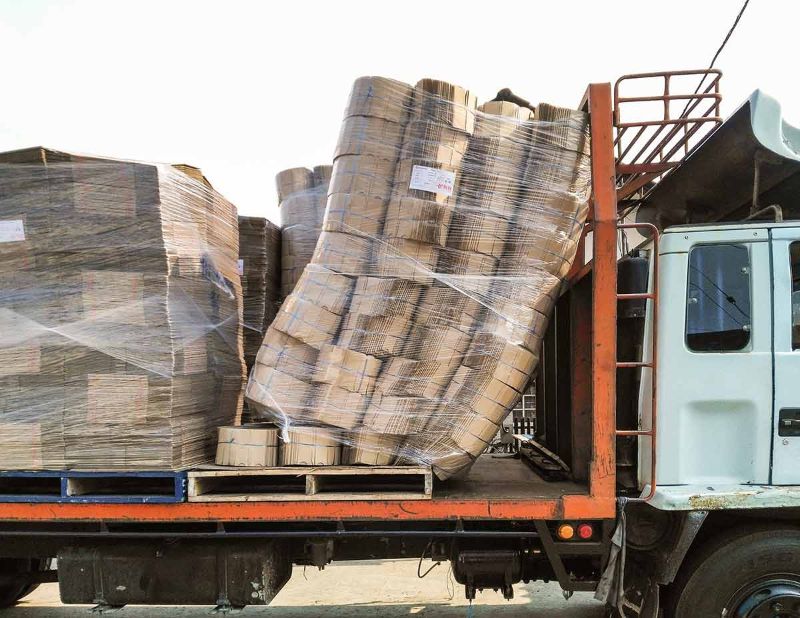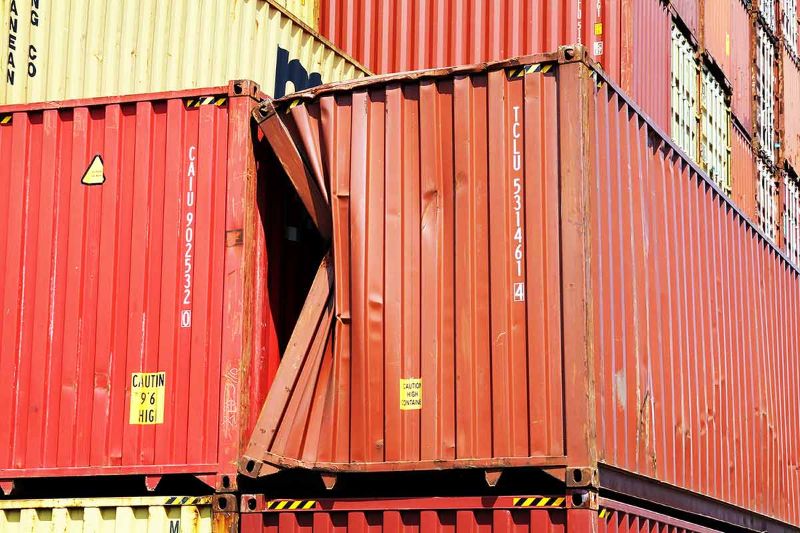5 Strategies for Filing More Effective Freight Claims
There are many false assumptions about freight claims. Misunderstandings about what is covered, who is liable, and how to effectively file damage claims are part of the reason approximately half of all cargo claims are denied. With the National Cargo Security Council estimating annual cargo losses at $50 billion each year, denied claims account for some major income losses.
How to File Effective Freight Claim
There are several things you can do, however, to turn claims adjustments to your favor.
1. Draft the Contract Clearly
 To win a claim, you first need to ensure the shipping contract is properly drafted. It should specify which version of the Incoterms® is being used. These 11 internationally recognized shipping terms clarify the tasks, costs, and risks for buyers and sellers for such terms as “free on board” and “delivered at place.” Incoterms were updated in 2020, so review them to ensure you understand the current meanings.
To win a claim, you first need to ensure the shipping contract is properly drafted. It should specify which version of the Incoterms® is being used. These 11 internationally recognized shipping terms clarify the tasks, costs, and risks for buyers and sellers for such terms as “free on board” and “delivered at place.” Incoterms were updated in 2020, so review them to ensure you understand the current meanings.
2. Understand Carrier Liability
Carrier liability is not the same as cargo insurance. Carrier liability merely limits carrier exposure to losses. For example, ocean carriers typically cap their losses at $500 per cargo container. Truckers’ liability, specified in the bill of lading, may be capped at around $25 per pound. For high value products, such as electronics, only a fraction of the value of the goods would be reimbursed.
Carrier liability is governed by one of four statutes depending on mode of transportation. The details vary, but they each protect the carrier from losses that arise from acts of God or “force majeure”—natural disasters, riots, and major upheavals—acts of war, defective products, and faults of the shipper.
Cargo insurance, therefore, is advisable. Companies often fail to purchase insurance, thinking it’s covered in the corporate policy, that it’s unnecessary, or that it is another department’s responsibility. So before you decline cargo insurance, understand your risk exposure.
3. Prove Carrier Negligence
To collect on a claim against a carrier, you must prove carrier negligence. Examples include improper blocking and bracing that allowed loads to shift, faulty refrigeration equipment on reefers or temperature controlled warehouses, neglectful delivery practices (like tossing electronics onto porches), crane and forklift accidents, traffic incidents, freight train derailments, and even poor humidity control.
 For maritime shipping, the Gard P&I Club, a maritime insurer offering protection and indemnity policies for carriers, says condensation is a major cause of damage. Condensation results when the dew point of outside air is lower than that of air inside the cargo hold (or shipping container). To mitigate claims, it advised its members to ensure adequate ventilation and—most importantly—to maintain accurate ventilation records to defend against cargo claims.
For maritime shipping, the Gard P&I Club, a maritime insurer offering protection and indemnity policies for carriers, says condensation is a major cause of damage. Condensation results when the dew point of outside air is lower than that of air inside the cargo hold (or shipping container). To mitigate claims, it advised its members to ensure adequate ventilation and—most importantly—to maintain accurate ventilation records to defend against cargo claims.
That advisement underscores the importance of having verifiable, undisputable documentation when filing (or defending against) cargo claims.
4. Document Shipping Conditions
You can document your claims by using condition monitors, such as SpotSee®’s impact, temperature, and tilt monitors or indicators. Then, if cargo is damaged and a claim is filed, you have objective evidence of what happened and who controlled the cargo at the time.
For example, SpotSee’s ShockLog® 298 impact recorder records the direction, amplitude, and duration of impacts that exceed your thresholds; the temperature; and has an optional GPS receiver to pinpoint exactly where the event(s) occurred. Such information provides a strong foundation for claims of damage or loss. Condition indicators, in contrast, show that an incident occurred but not when or where.
5. Be Thorough in Your Claim
Even with overwhelming evidence of carrier errors, however, claims still may be denied. To minimize that risk, when filing a claim, ensure the claim is:
- Clearly written (use plain language and be as descriptive as possible)
- Limited to actual physical losses, not lost time or opportunity
- Accurate
- Manageable
- Specific (avoid confusion in terms, such as “items” or “cartons”)
Intermodal carrier CSXT recommends shippers include information that identifies the shipment, the shipping date, the shipping number, the names of the shipper and receiver, and the place of origin and destination. Clearly describe the cargo and the quantity of goods being shipped and the quantity damaged. Providing original and destination seal records is vital when claiming shortages. To prove damage, provide records and other evidence of damage from the point of origin and the destination along with records indicating the disposition of salvage.
Intermodal carriers also may expect to see copies of the freight bills received or paid in conjunction with the transportation of this cargo—even from other carriers along the supply chain.
Condition Monitors Are Key
With inadequate documentation, it’s easy for carriers and insurers to deny claims. You can reduce that risk. Condition monitors provide unassailable evidence of events capable of causing damage, and exactly when and where they occurred. Presenting that evidence can make the difference between winning and losing a damage claim.
Contact SpotSee to find the monitor right for you.







